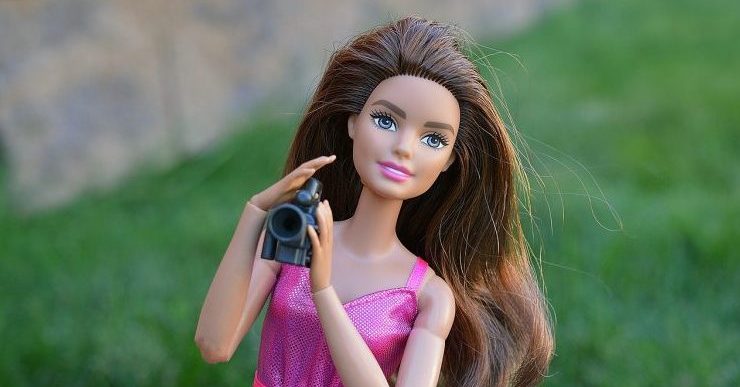The Legacy of Barbie

Lisette Reed, Print Comment Editor, discusses the legacy of the animated Barbie films of the 2000s, and their impact on herself and others who grew up with them.
Whilst avid fans of Greta Gerwig await the release of the highly anticipated Barbie, in the run-up towards its release on 21st July, it seems inappropriate to not look back on the Legacy of Barbie, in particular the infamous doll’s reign on the silver screen in the early 2000s. From the likes of Barbie as Princess and the Pauper to Barbie as Rapunzel providing us with iconic soundtracks and ‘yassified’ animals, quite frankly creepy but for nostalgia purposes, we’ll let it slide, Barbie’s legacy reigns on further than just the dolls we grew up with. It is fair to say that the early 2000s Barbie movies are certified ‘bad bitch’ memorabilia.
The original Barbie movies all featured Barbie as different characters from classic fairy tales or novels. For example, Alexandre Dumas’ The Three Musketeers inspired the creation of Barbie and the Three Musketeers, arguably the better version of this story. The concept of basing Barbie movies off well-known stories meant that they didn’t need to focus on creating a big, elaborate story themselves- there’s not one person who doesn’t know the story of Rapunzel. The creators of this franchise were able to use proclaimed classics as a blank slate for the world of Barbie, meaning they could focus on adding the iconic Barbie flare. This hot pink tint added to the stories allowed them to be adapted to appeal to younger audiences with strong themes of independence, female friendship and solidarity. For many, Barbie movies were the first example of feminism on the big screen they saw.
This hot pink tint added to the stories allowed them to be adapted to appeal to younger audiences with strong themes of independence, female friendship and solidarity.
Although many will criticise the early 2000s Barbie movies for their poor-quality animations and character designs, such as Tika the Elephant from Barbie as The Island Princess with freakishly human eyes, they will remain forever iconic for this time period. Moreover, it is arguably these animated animals that enable the early 2000s movies to remain relevant, with constant reaction images and memes deriving from them. The chances you’ve seen a Bibble meme on TikTok, Twitter or Instagram are incredibly high and when people see these images, many are curious on where they came from. This in turn spikes Barbie’s relevancy and the fan-base of the early 2000s franchise increases each time.
Despite the movies becoming more popular now due to unintentional comedic value, this doesn’t diminish the importance and nostalgia for original viewers. Personally, I can vividly remember watching a library loaned VHS of Barbie as Rapunzel with my sister in our grandparents’ living room. We watched in awe over the magical paintbrush Barbie used to paint her walls and both wanted one so badly. Now, my sister is an animator- not to say this film alone inspired her to be one, but she now creates different forms of art each day and grew up on Barbie as Rapunzel, so you do the math! Films like these featuring driven women who pursue art, fencing, and dance enables young girls to decide who they want to become. The characters of the Barbie movies were able to explore and expand their skills and talents, whilst being princesses- they weren’t primarily defined by their statuses and could reach beyond princess protocols. In addition, if antagonists trapped them in sets of rules, the characters would break free from them.
Films like these featuring driven women who pursue art, fencing, and dance enables young girls to decide who they want to become.
With the latest Barbie film being released soon, original fans of the 2000s Barbie films will see the legacy of their favourite Barbies proceed in Gerwig’s creation- many odes to classic Barbie dolls will star alongside Margot Robbie as Barbie and Ryan Gosling as Ken. For now, I think it’s best if everyone has a Barbie Movie Marathon, just as a recap before the film and for a hot pink hint of nostalgia.


